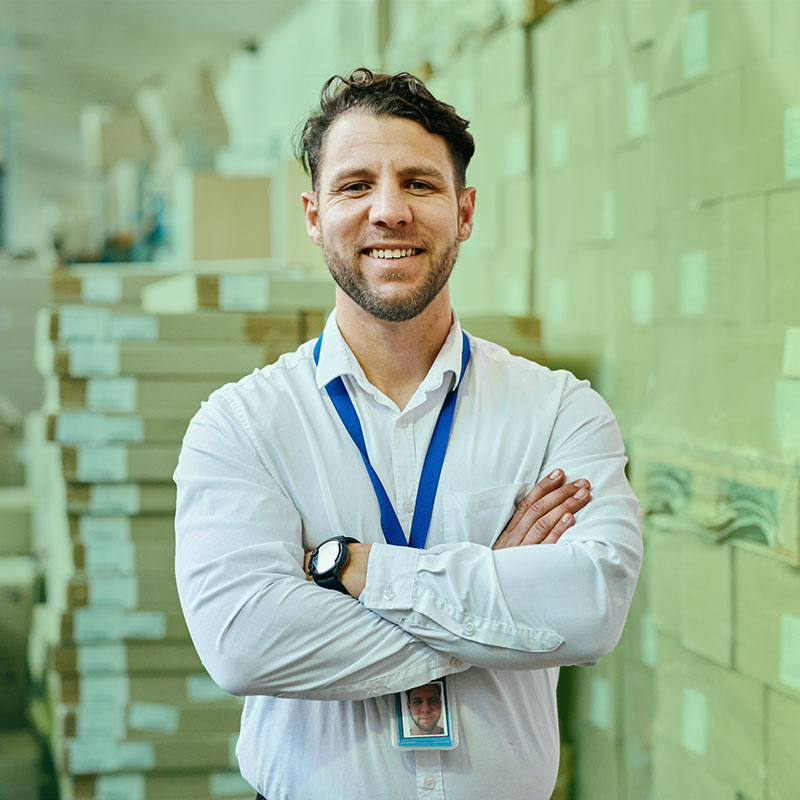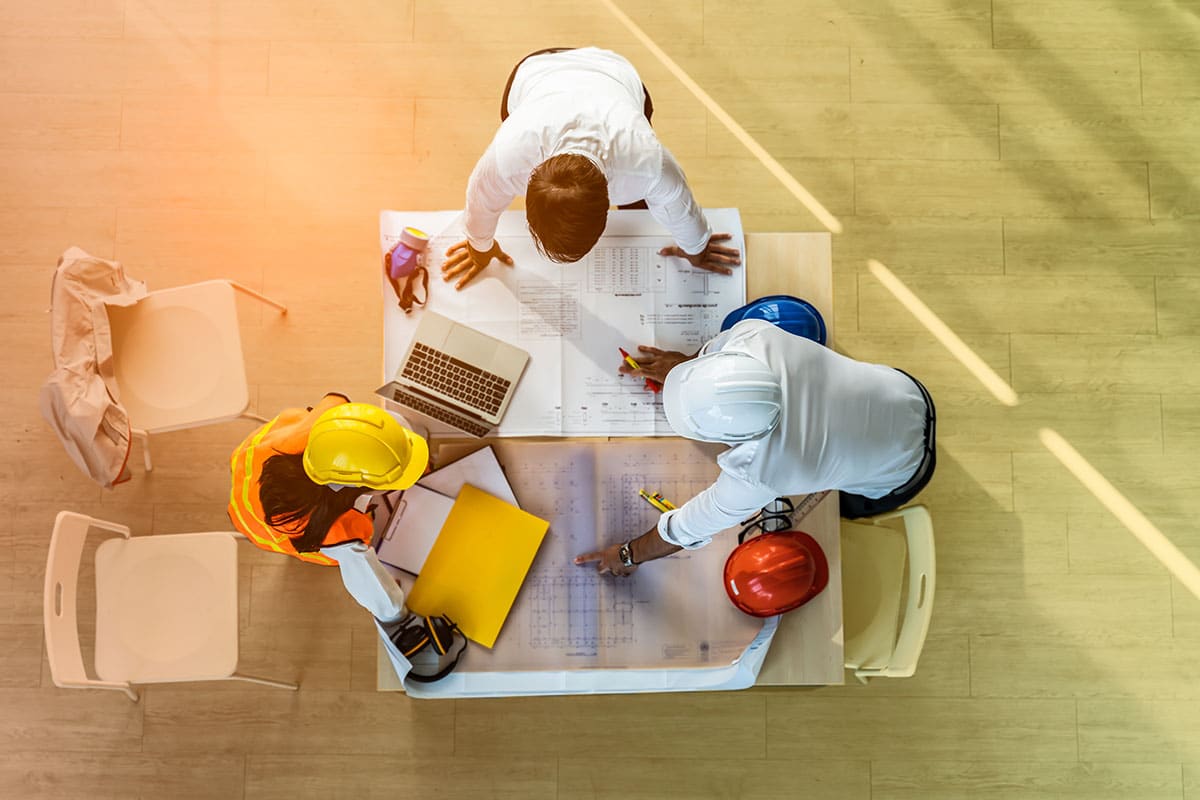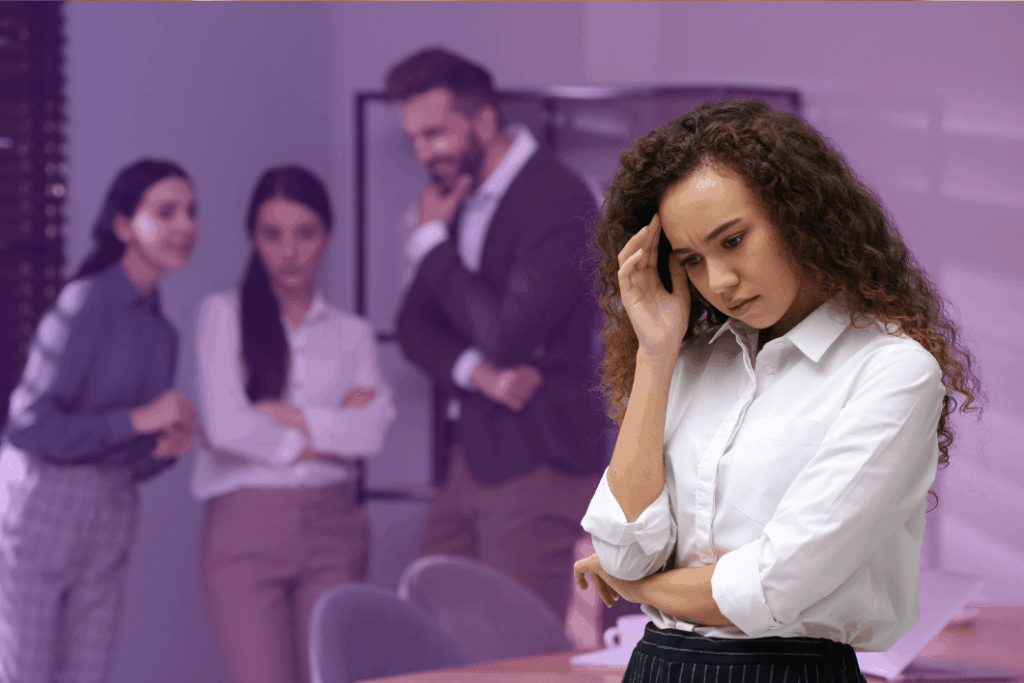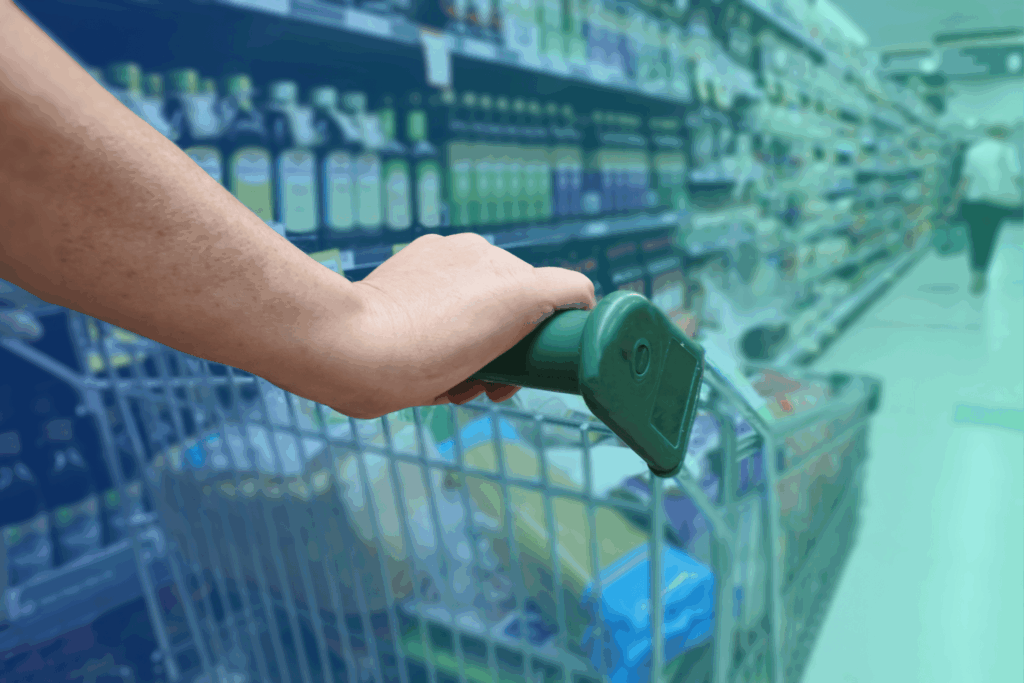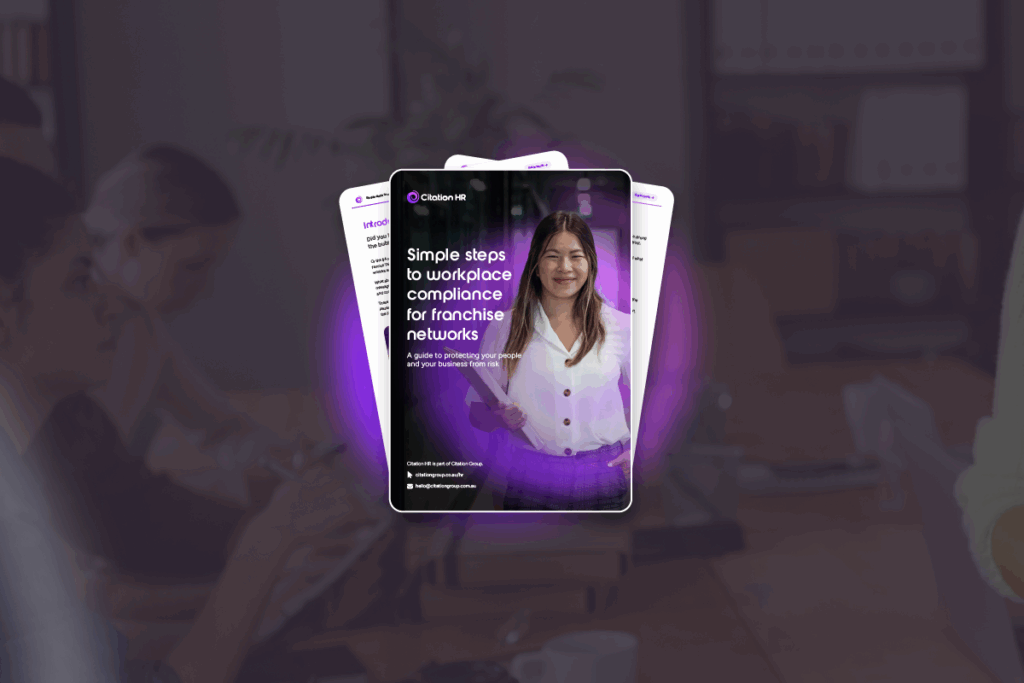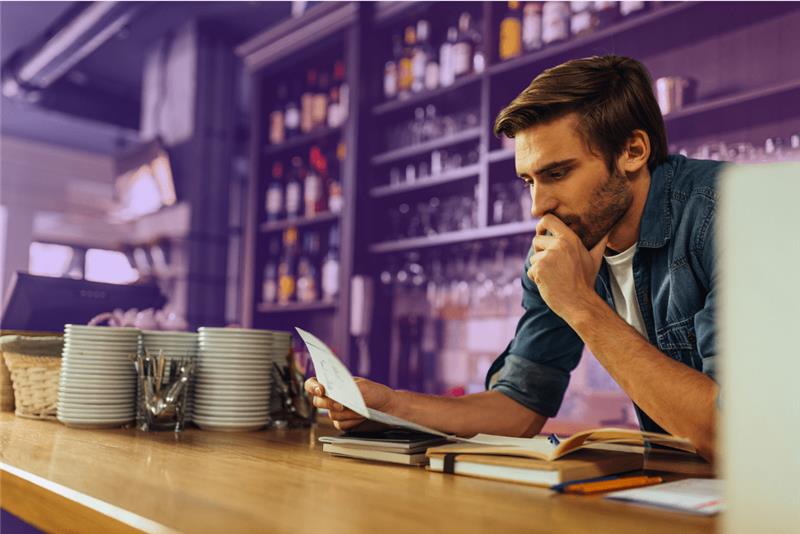
According to SafeWork Australia, slips, trips and falls are the most common cause of serious injuries at work in NSW after hazardous manual tasks, with both contributing to musculoskeletal disorders (SafeWork 2025). Whether in an office, warehouse, construction site, or retail setting, these accidents can happen quickly and without warning. While many result in only minor injuries, some can lead to serious health issues or long periods off work. That’s why it’s important for all workers and employers to understand how to respond appropriately when someone trips or falls, and how to prevent these incidents from happening in the first place. In this article, we discuss the steps that should be taken immediately following a trip or fall.
What do I do immediately after an incident?
When someone trips or falls in the workplace, the first priority is to make sure the area is safe. Check for any hazards such as loose cables, wet floors, or obstacles, and remove them if it’s safe to do so. If the injured person is in danger such as being near machinery or in a walkway they should be moved carefully, but only if it won’t cause further harm. Otherwise, they should remain where they are until help arrives.
Assess the person for injuries. Ask if they are in pain and check for visible signs of injury. Pay special attention if they’ve hit their head or are complaining of back or neck pain. Even if they insist that they’re fine, it’s always safer to encourage them to get checked by a medical professional. If the injury appears serious, call an ambulance immediately and provide first aid, only if you are trained to do so.
All incidents no matter how minor should be reported to a supervisor or health and safety representative as soon as possible. This includes completing an incident report that outlines what happened, when and where the falling and tripping occurred, and who was involved. If there were any witnesses, their statements should also be recorded. Reporting these events helps the workplace identify hazards and take steps to stop the same thing from happening again.
What’s the next step?
Once the injured person is safe and the incident is reported, it’s important to find out what caused the fall. It might be something simple like a loose mat, a spill, or poor lighting. By identifying the hazard, employers can take practical steps to fix it such as securing cables, improving lighting, or ensuring walkways are kept clear. It’s also a good idea to review existing safety procedures and remind staff of their responsibilities when it comes to keeping the workplace safe and tidy.
Slip, trip and fall hazards control measures
Preventing falls and trips is often a matter of good housekeeping and awareness. Employers should make sure all areas are kept clean, dry, and free of clutter. Staff should wear the right footwear for the job and report any hazards they notice straight away. Wet floor signs should be used when cleaning is in progress, and high-risk areas should be checked regularly. Simple actions like these can make a big difference in reducing incidents.
Stay calm and collected
Handling a trip or fall in the workplace involves staying calm, checking for injuries, getting help if needed, and reporting the incident properly. Most importantly, it’s about learning from each situation to prevent similar accidents in the future. Everyone in the workplace including managers, workers, and visitors, have a role to play in creating a safe environment. By taking safety seriously, being aware of potential hazards, and responding effectively when incidents occur, we can help ensure that all workers go home safe and well at the end of the day.
Managing the risk of falls in the workplace
All incidents are preventable with the right tools in place. That’s where we come in. Inside our safety software, you’ll find tailored workflows that can assist in identifying potential workplace hazards, documenting incident details, and managing an individual’s return to work following a workplace accident. Even if you’re careful, accidents can and do happen. And when they happen, we’re here to help. Our Workplace Health & Safety (WHS) experts are available 24 hours a day via the Safety Advice Line.
Talk to the team at Citation Safety about your workplace compliance today — arrange your complimentary consultation.
About our author
Alison King is a Work Health and Safety Consultant at Citation Safety. She has an interest in all things WHS and psychosocial safety-related and regularly provides advice on managing workplace risks, promoting mental health, and ensuring compliance with WHS and psychosocial regulations.


